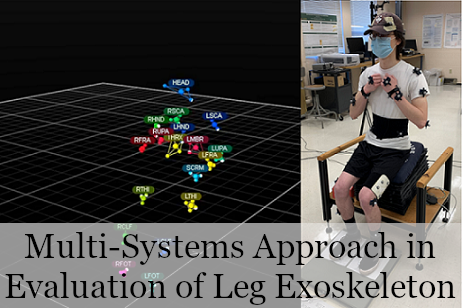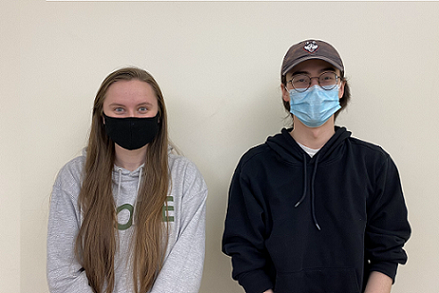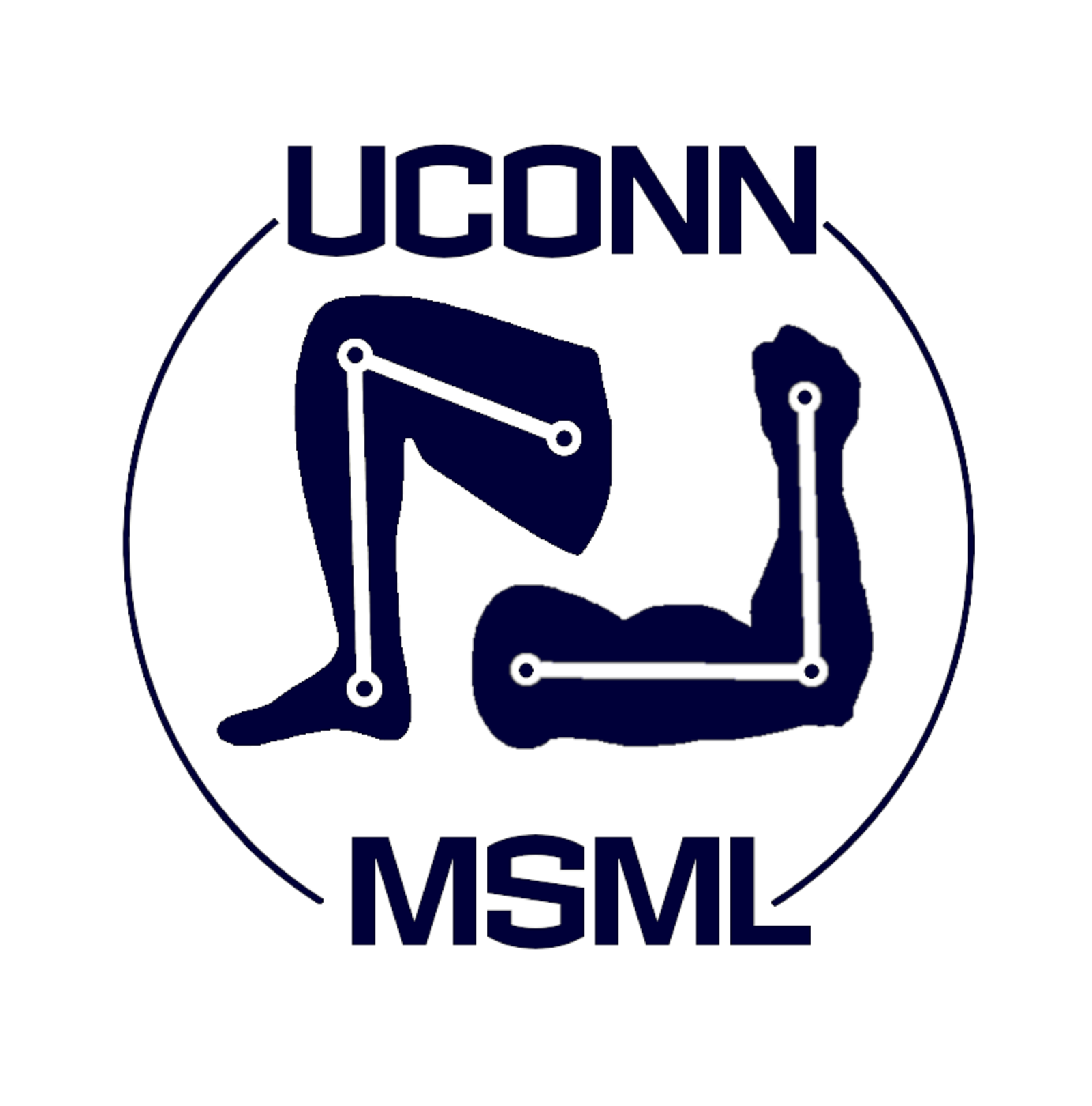

This video contains proprietary information and cannot be shared publicly at this time.
Figure 1

Team 26
Team Members |
Faculty Advisor |
David Pierson |
Krystyna Gielo-Perczak Sponsor University of Connecticut |
sponsored by

The purpose of this study is to develop a user friendly lower-extremity exoskeleton that will assist in the sit-to-stand motion. The device will be easy to put on, biocompatible, lightweight, and affordable. Sufficient function of the exoskeleton will assist in regaining motor control and muscle mass in order to provide long term solutions to muscle atrophy or neural degeneration. The device has the ability to provide knee stability during appropriate motions as well as analyze body kinesthetics in order to provide real-time assistive forces and moments. The exoskeleton, in its assistive nature, will additionally grant the user full control of their initiated actions at all times, and will not forcefully counteract a user-intended movement to return to a seated position or straighten the leg if a user is falling over. This feature is key to the user’s confidence in implementing the device into their daily life. Alongside its ease and comfort of use, adaptability and user-friendliness are effectively prioritized. Success of the exoskeleton design is quantified by the extent of its ability to assist a patient in regaining motor control in performing the sit-to-stand motion. In order to gauge whether the exoskeleton is successful in these regards, synchronous tests are performed using multiple systems. This quantitative evaluation occurs when the three pieces of hardware generate data for the various software components. The AMTI AccuSway force platform measures the weight and force the patient places on it, the OptiTrack Motion Capture cameras use marker oriented tracking to determine locations of body parts in a three dimensional space, and the Delsys Trigno electromyography sensors analyzes muscle usage. These input data into the computer system and the data gets recorded and instantly transformed into a live reading of the patient’s current activity, allowing for the evaluation of the device both quantitatively and qualitatively and ultimately improved upon.
